RARE 1948 STUDEBAKER CHAMPION 3 PASSENGER COUPE
1948 Studebaker CHAMPION for sale in Trenton, New Jersey, United States
| Condition: | Used |
| Item location: | Trenton, New Jersey, United States |
| Make: | Studebaker |
| Model: | CHAMPION |
| Type: | THREE PASSENGER COUPE |
| Trim: | THREE PASSENGER COUPE |
| Year: | 1948 |
| Mileage: | 83,000 |
| VIN: | 999999999 |
| Color: | MUTED BLUE |
| Engine size: | V-8 |
| Number of cylinders: | 8 |
| Fuel: | Gasoline |
| Transmission: | Manual |
| Drive type: | RWD |
| Interior color: | SEE PICS |
| Vehicle Title: | Clear |
| Want to buy? | Contact seller! |
Description for Studebaker CHAMPION 1948
D E S I G N E D B Y T H E L E G E N D A R YV I R G I L E X N E R
VERY RARE&MOSTLY ORIGINAL & UNMOLESTED1 9 4 8 S T U D E B A K E RTHREE PASSENGER COUPE
R E T A I N I N G S O M E O R I G I N A L P A I N T
Every old car has an interesting story if it can be documented and recounted. This wonderfully intact "bone dry" Studie emerged recently from 30 years of indoor storage from an impassioned, knowledgeable lifetime collector of very rare modelStudebakers of which this modelwas designed by American automotive iconVirgil Exner. This "rock solid" rare model1948 Studebaker Champion Three Passenger Coupewas lovingly owned and maintained by a founding, vintage automobile car club member who in his lifetime acquired some of the rarest and most original Studebakers offered from club members.
This striking, mostly original and complete (redone interior) 1948 Studebaker Champion Three Passenger Coupe has been owned by the same family for the past 30 years and was used to drive more than 2500 miles to theStudebakerNational Show in St. Louis last August and it performed flawlessly! This Studebaker is 100% rot and rust free with a recently completed interior and a completely rebuilt motor, transmission and clutch sporting a 3 speed on the column. Needless to say this car runs and drives like a daily driver and is a superb candidate for high end restoration.
I will be available to answer any questions that you may have about this very rare acquisition opportunity. Most of the cars that I sell are far below wholesale and marketed to dealers for eventual resale. The last 14 collector cars that I listed on eBay all sold, and most of them within the first 48 hours and this car will not last long, so don't hesitate.
T H I S F U T U R I S T I C S T R E A M L I N E D C L A S S I C W A S D E S I G N E D B Y THELEGENDARY VIRGIL EXNER (LEFT)
Virgil ExnerFrom Wikipedia, the free encyclopedia
| September 24, 1909 Ann Arbor, MI |
| December 22, 1973(aged 64) Royal Oak, MI |
| Designer ChryslerVice President of Design |
Virgil Max "Ex" Exner, Sr.was anautomobiledesignerfor numerousAmericancompanies, notablyChryslerandStudebaker. He is known for his "Forward Look" design on the 1955-1963 Chrysler products and his fondness offinson cars for bothaestheticandaerodynamicreasons.
Contents[hide]- 1Early life
- 2Design work
- 2.1General Motors
- 2.2Loewy and Associates
- 2.3Studebaker Corporation
- 2.4Chrysler Corporation
- 3Impact on automobile design
- 4Retirement
- 5List of Exner-designed vehicles
- 6References
- 6.1Notes
- 6.2Bibliography
- 7External links
Born inAnn Arbor, Michigan, Virgil Exner was adopted by George W. and Iva Exner as a baby. Virgil showed a strong interest inartand automobiles. He went to Buchanan High School inBuchanan, Michiganthen studied art at theUniversity of Notre DameinIndianabut, in 1928, dropped out after two years due to lack of funds. He then took a job as a helper at an art studio specializing in advertising. In 1931 he married Mildred Marie Eshleman, who also worked for the studio and, on April 17, 1933, they had their first child, Virgil Exner Jr. By that time, Exner Sr. had been promoted to drawing advertisements forStudebakertrucks. They had a second son in 1940, Brian, who died of injuries after falling from a window.
Design work[edit]General Motors[edit]His first work in design was forGeneral Motors, where he was hired by GM styling czarHarley Earl. Before age 30, he was in charge of Pontiac styling.[1]
Loewy and Associates[edit]Studebaker Champion G 4-door sedan, 1939In 1938, he joinedRaymond Loewy's industrial design firm Loewy and Associates, where he worked onWorld War IImilitary vehicles and cars, notably Studebaker's 1939-40 models, and advance plans for their revolutionary post-war cars.[2]"But working on Studebaker designs… Exner struggled to get the attention of his boss, who had to sign off on every facet of the designs. Exner was encouraged by Roy Cole, Studebaker’s engineering vice president, to work on his own at home on backup designs in case the company’s touchy relationship with Loewy blew up".[1]
Studebaker Corporation[edit]Studebaker Champion Starlight coupé (1951 version)In 1944, he was fired by Loewy and was hired directly byStudebakerinSouth Bend, Indiana. There he was involved in the design of some of the first cars to be produced after World War II (Studebaker's slogan during this period was "First by far with a post war car"). As acknowledged by Robert Bourke,[2]Virgil was the final designer of the acclaimed 1947Studebaker Starlightcoupe, though Raymond Loewy received the public acknowledgment because his legendary name was a major advertising attraction. Exner is actually listed as sole inventor on thedesign patent.[3]Rivalry and bad feeling between the two resulted in Exner having to leave Studebaker, whose engineering chief Roy Cole provided personal introductions for him toFordandChrysler.[1]
Chrysler Corporation[edit]In 1949, Exner started working inChrysler's Advanced Styling Group, where he partnered withCliff VossandMaury Baldwin. There he also worked withLuigi "Gigi" Segre, ofItaliancar companyCarrozzeria GhiaS.p.A. The men created a strong personal bond, which helped link the companies closely throughout the 1950s. The alliance produced theChrysler Ghiadesigns, such as the 1952Chrysler K-310, the mid-1950s Dodge Firearrow series show cars, as well as theChrysler d'EleganceandDeSoto Adventurer.
Impact on automobile design[edit]When Exner joined Chrysler, the car's body was fashioned by engineers instead of designers — leading to what many thought were old-fashioned, boxy designs on Chryslers of the 1940s and early 50s. Exner fought to change this structuring, and got control over the design process, including the clay prototypes and the die models used to create production tooling. Here he created theDodge Firearrowconcept, constructed byGhia.
The 1955 Imperial, one of the first Exner-styled Chrysler vehiclesInspired by theLockheedP-38 Lightning, GM's Harley Earl incorporated small "fins" on the rear fenders of the 1948Cadillacmodels. Exner saw the design detail (also being experimented with by some Italian manufacturers) and made it his own by enlarging the fins and making them a more prominent feature. Exner believed in the aerodynamic benefits of the fins and even used wind tunnel testing at theUniversity of Michigan— but he also liked their visual effects on the car. They were showcased on the first cars designed under his full supervision for sale: the 1955Chrysler 300 series, and theImperial. The hardtop versions of 1957 Chrysler Corporation cars also featured compound curved glass, the first to be used in a production car.
Exner's 1957Chrysler 300Chad a lasting impact on car styling in DetroitA 1956DeSotoAdventurerThese fin designs also premiered his "Forward Look." In the late 1940s, Chrysler had been behind the times in terms of styling with what were considered tall, boxy cars. Exner lowered the roofline and made the cars sleeker, smoother and more aggressive. With a long hood and short deck, the wedgelike designs of the 300 series and revised 1957 models suddenly brought Chrysler to the forefront of design, withFordandGeneral Motorsquickly working to catch up. Advertising campaigns for the 1957 model year sang that "Suddenly, it's 1960!" In June of that year Exner and his team were awarded theIndustrial Designers' Institute's Gold Medal Award.
A 1959Dodge Custom RoyalIn 1956, during the design of the 1961 models, Exner suffered aheart attack. He resumed work in 1957, working on the designs for the 1962 cars. On July 25, 1957, Exner was elected the first Vice President of Styling at Chrysler. Unfortunately, a rumor that GM was reducing the size of their cars caused the President of Chrysler, Lester Lum ("Tex") Colbert, to order Exner to do the same to his 1962 design — a change Exner disagreed with, thinking it would make his cars "ugly." Exner with his associates had completed work on the second full-sized finless Plymouth since 1955, this one for 1962, described as a strikingly attractive automobile. While he was still recovering from the heart attack, the 1962 models Exner took credit for were downsized by associates. This downsizing drastically changed the cars' appearance. This reduced the cars' appeal and caused a significant drop in sales. It turned out that the Chevrolet rumor was false and consumers disliked the smaller Plymouth and Dodge cars introduced for 1962, the styling of which was bizarre compared to more sedate Ford and GM products. Needing a scapegoat, Chrysler fired Exner. He was allowed to retain a position as a consultant so he could retire with pension at age 55. He was replaced byElwood Engel, who had been lured from Ford. Engel was highly regarded for his design of the classic 1961Lincoln Continental.[4]
Fins soon lost popularity. By the late 1950s, Cadillac and Chrysler - driven by the respective competing visions of GM's Earl and Chrysler's Exner - had escalated the size of fins till some thought they were stylistically questionable and they became a symbol of American excess in the early '60s. The 1961 models are considered the last of the "Forward Look" designs; Exner later referred to the finless 1962 down-sized Plymouth and Dodge models as "plucked chickens". Although fins were out of favor by the early 1960s, fins could still give aerodynamic advantages. In the early 1970s Porsche 917 racing automobiles sported fins reminiscent of Exner's designs.[4][5]
Retirement[edit]Exner continued consulting for many car companies from his office inBirmingham, Michigan. He also teamed up with his son, Virgil Exner Jr., designing watercraft forBuehler Corporation. In 1963, he designed a series of "Revival Cars" with production plans. His revival ofDuesenbergfailed, but he was instrumental in the revival ofStutzin the 1970s.
He died ofheart failureon December 22, 1973 at theWilliam Beaumont HospitalinRoyal Oak, Michigan.
List of Exner-designed vehicles[edit]- DeSoto 1955-1961
- Studebaker Champion
- Studebaker Starlight
- Chrysler C-200 Concept 1952
- Chrysler Sports Coupe d'Elegance Concept 1953(later produced, asVW Karmann Ghia)[6]
- Chrysler New Yorker 1956
- Chrysler 300 letter series
- Chrysler 300 non-letter series
- Imperial1955-1961
- Chrysler Diablo Concept 1957withGhia
- Plymouth Savoy
- Plymouth XNR[7]
- Plymouth Belvedere
- Plymouth Fury
- Plymouth Suburban
- Plymouth Valiant
- Dodge Coronet
- Dodge Firearrow Concept
- DeSoto 1961
- DeSoto Adventurer
- Bugatti 1965 conceptwithGhia
- Mercer-Cobra 1965 concept
- Duesenberg 1966 prototypewithGhia
- Stutz Blackhawk


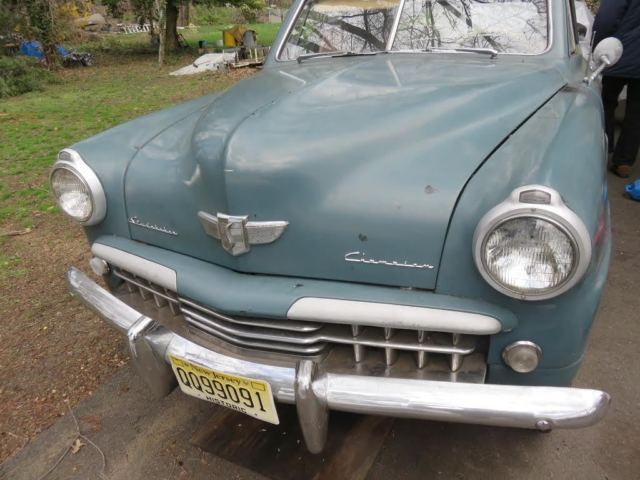

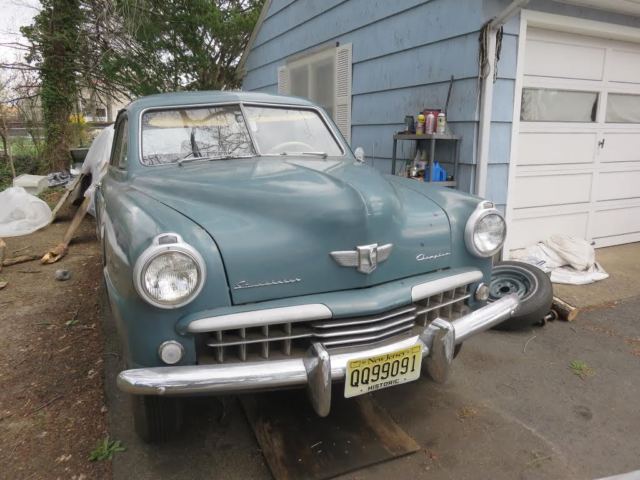
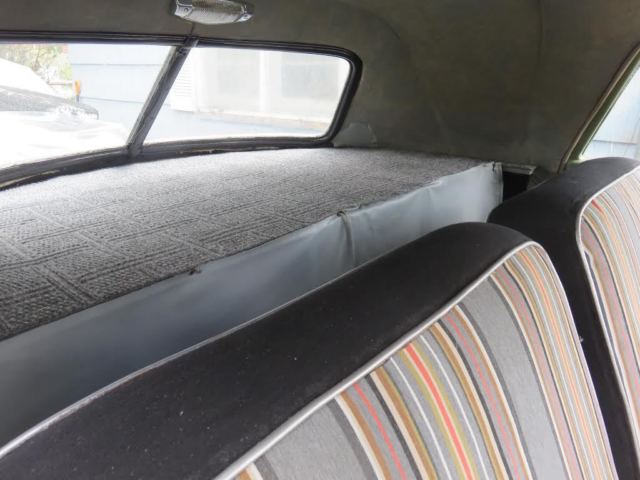

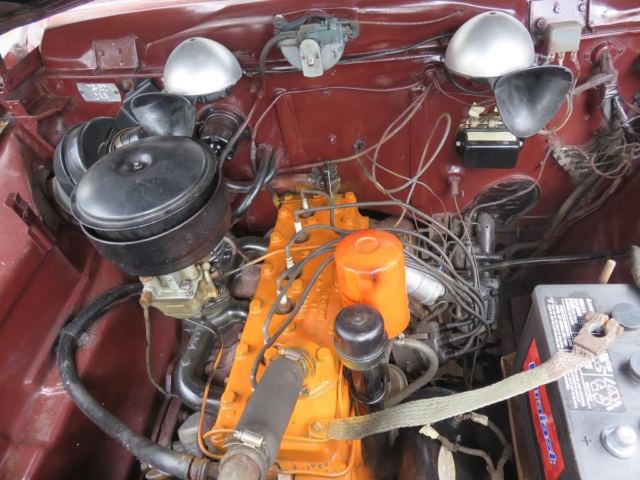
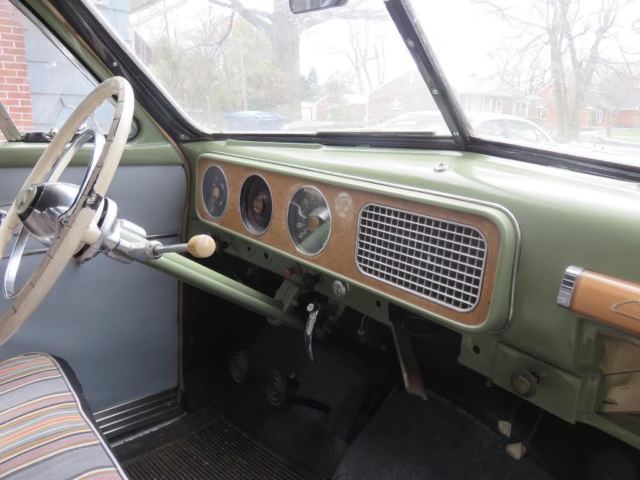

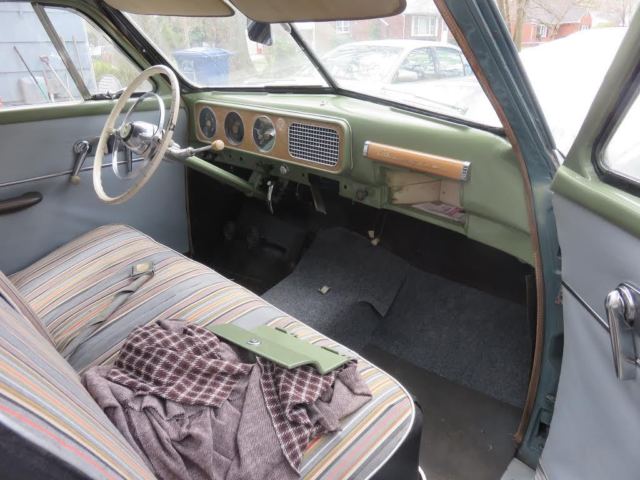
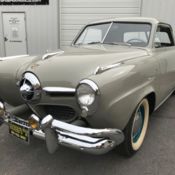 1950 Studebaker Champion 3 Passenger Coupe
1950 Studebaker Champion 3 Passenger Coupe
 1948 Studebaker Champion Coupe
1948 Studebaker Champion Coupe
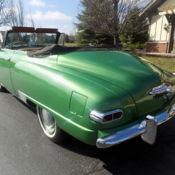 1948 Studebaker Regal Deluxe 7G Champion Convertible / Extremely Rare Museum Car
1948 Studebaker Regal Deluxe 7G Champion Convertible / Extremely Rare Museum Car
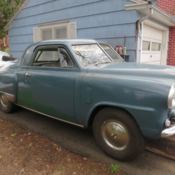 1948 Studebaker CHAMPION
1948 Studebaker CHAMPION
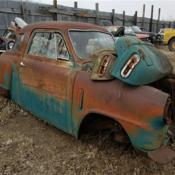 1948 Studebaker Champion N/A N/A
1948 Studebaker Champion N/A N/A
 RARE 1949 Studebaker Champion Starlight Coupe
RARE 1949 Studebaker Champion Starlight Coupe
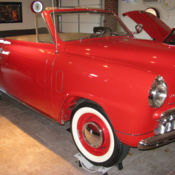 1948 STUDEBAKER CHAMPION CONVERTIBLE
1948 STUDEBAKER CHAMPION CONVERTIBLE
 1948 Studebaker Champion with overdrive
1948 Studebaker Champion with overdrive
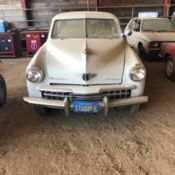 1948 Studebaker Champion 2 Door
1948 Studebaker Champion 2 Door
 1955 Studebaker Champion 2 DOOR COUPE VERY RARE 93,614 Miles Off White Coupe V6
1955 Studebaker Champion 2 DOOR COUPE VERY RARE 93,614 Miles Off White Coupe V6